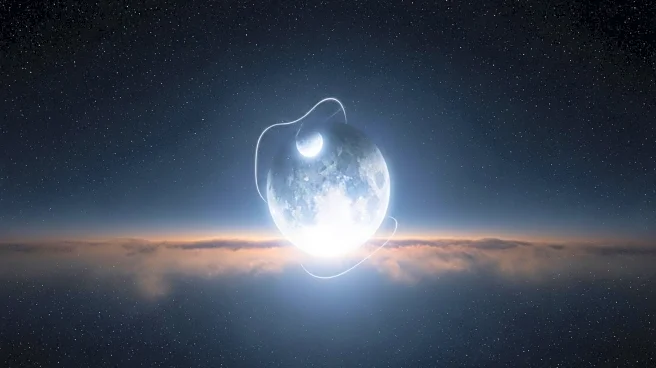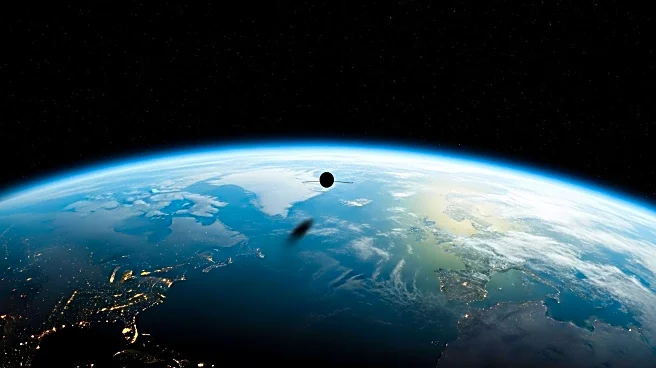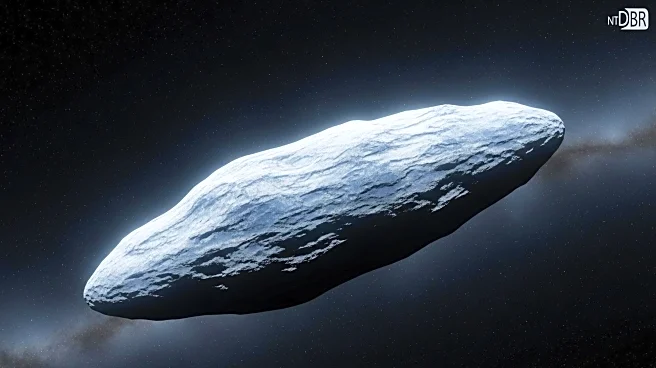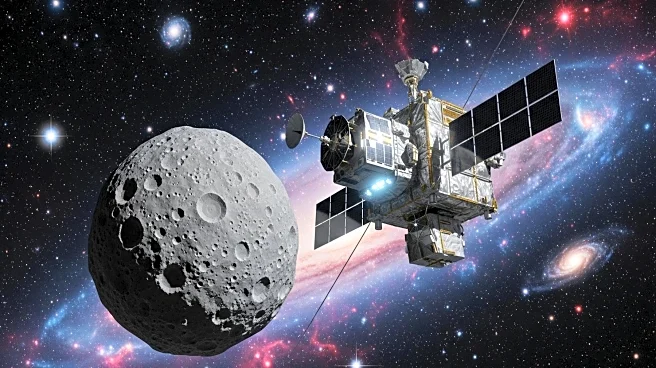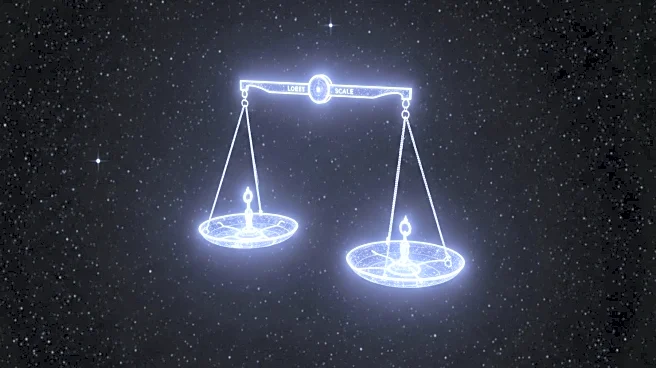What's Happening?
Astronomers at the Pan-STARRS observatory in Hawaii have identified a new quasi-moon, named 2025 PN7, which has been in a quasi-orbit around Earth for approximately 60 years. This discovery was made on August 2, 2025, and the findings were published in the Research Notes of the AAS. Quasi-moons are small asteroids that enter into a resonance with Earth's orbit, appearing to orbit the planet without actually doing so. The research team utilized JPL's Horizons system and Python tools to analyze the orbital data of 2025 PN7, comparing it to other known quasi-satellites. The study indicates that 2025 PN7 will remain in its current orbit for another 60 years before moving away. This quasi-moon is part of a group of asteroids known as Arjunas, which have Earth-like orbits and can experience temporary captures as mini-moons.
Why It's Important?
The discovery of 2025 PN7 adds to the understanding of near-Earth objects and their interactions with our planet. Quasi-moons like 2025 PN7 are significant for planetary defense, as tracking these objects can help predict potential threats from space. Additionally, these quasi-satellites could be of interest for future space missions, including asteroid mining, due to their proximity and accessibility. Understanding the dynamics of such objects also contributes to the broader knowledge of the solar system's structure and the gravitational influences that shape it. The study of quasi-moons can provide insights into the formation and evolution of the Earth-moon system and the potential for similar phenomena around other planets.
What's Next?
Future research is likely to focus on identifying more quasi-satellites and mini-moons, enhancing the catalog of near-Earth objects. This could involve improved observational techniques and the use of advanced computational models to predict the orbits and behaviors of these objects. The ongoing study of quasi-moons may also inform the development of strategies for planetary defense and the planning of space missions targeting these bodies. As technology advances, the potential for utilizing these objects for resources or scientific exploration could become a reality, prompting further interest and investment in this area of research.
Beyond the Headlines
The discovery of quasi-moons like 2025 PN7 highlights the complexity of Earth's gravitational interactions with nearby celestial bodies. It raises questions about the long-term stability of such orbits and the potential for these objects to impact Earth in the distant future. The study of quasi-moons also intersects with ethical considerations regarding space exploration and the potential exploitation of extraterrestrial resources. As humanity looks to expand its presence in space, understanding the legal and environmental implications of such endeavors will be crucial.


